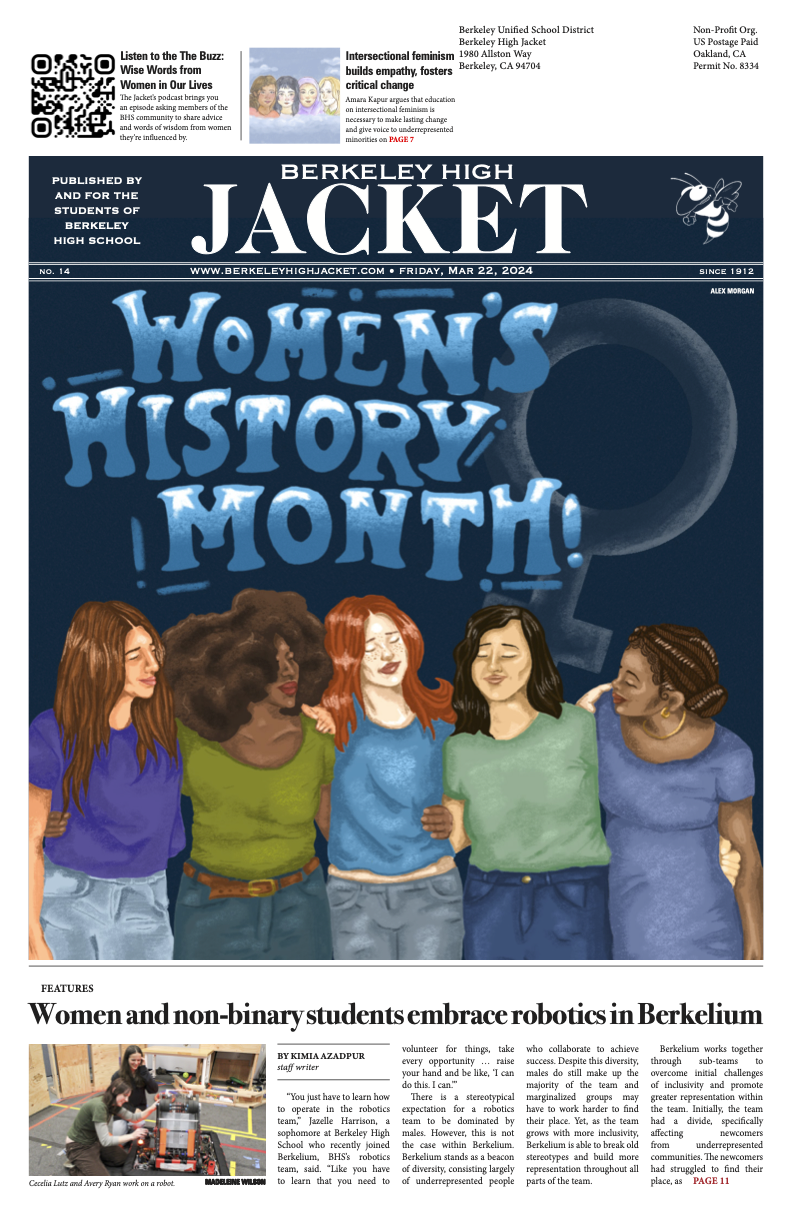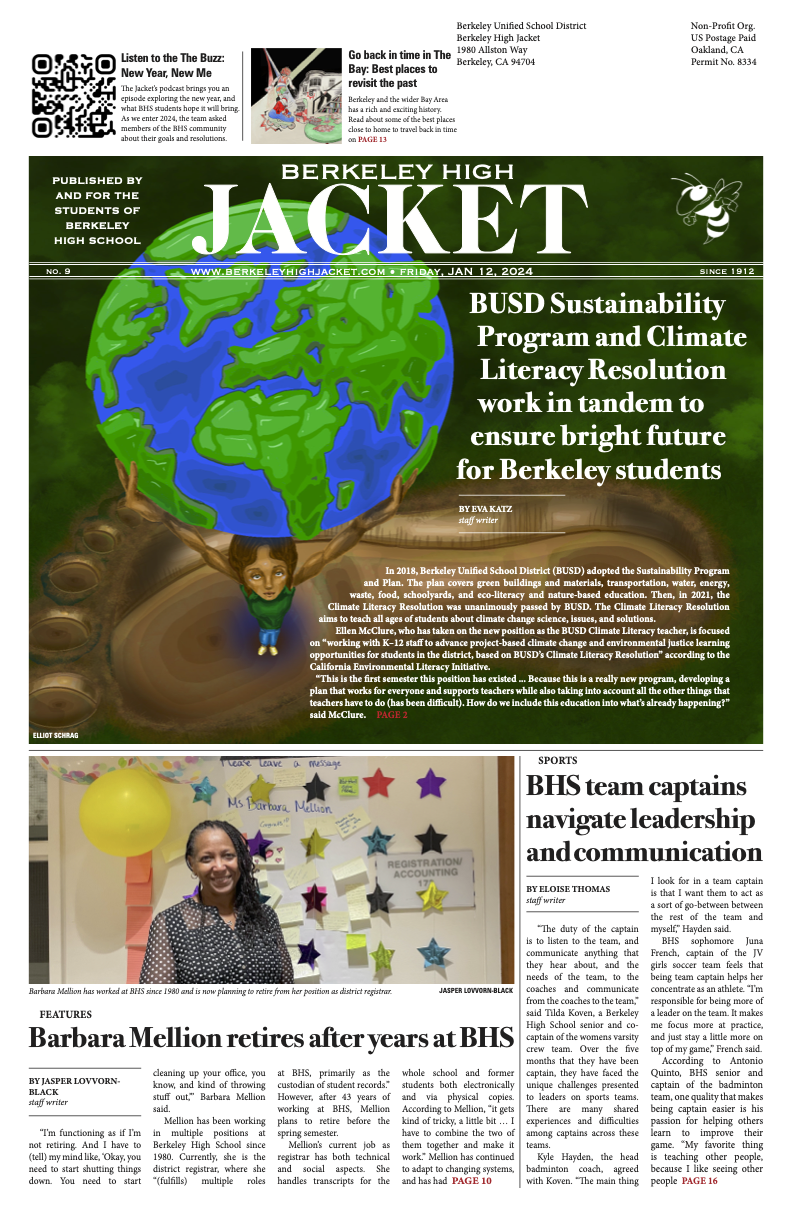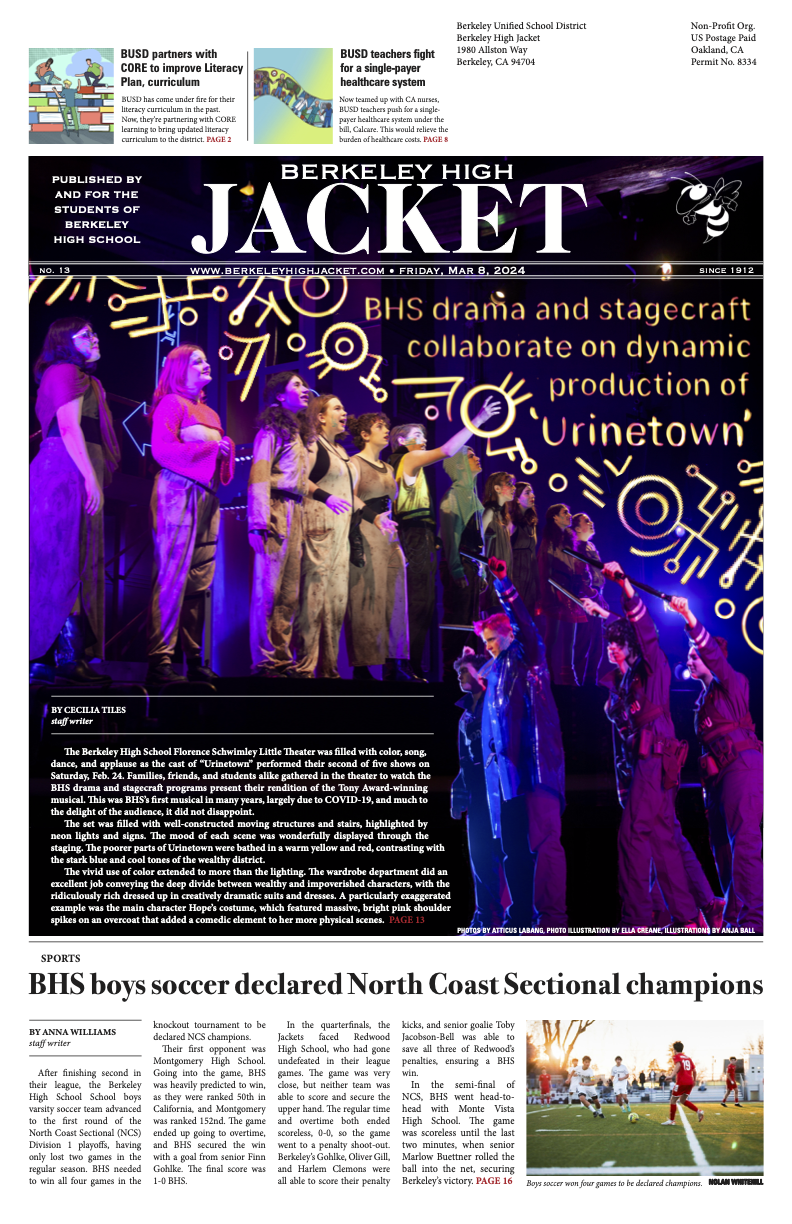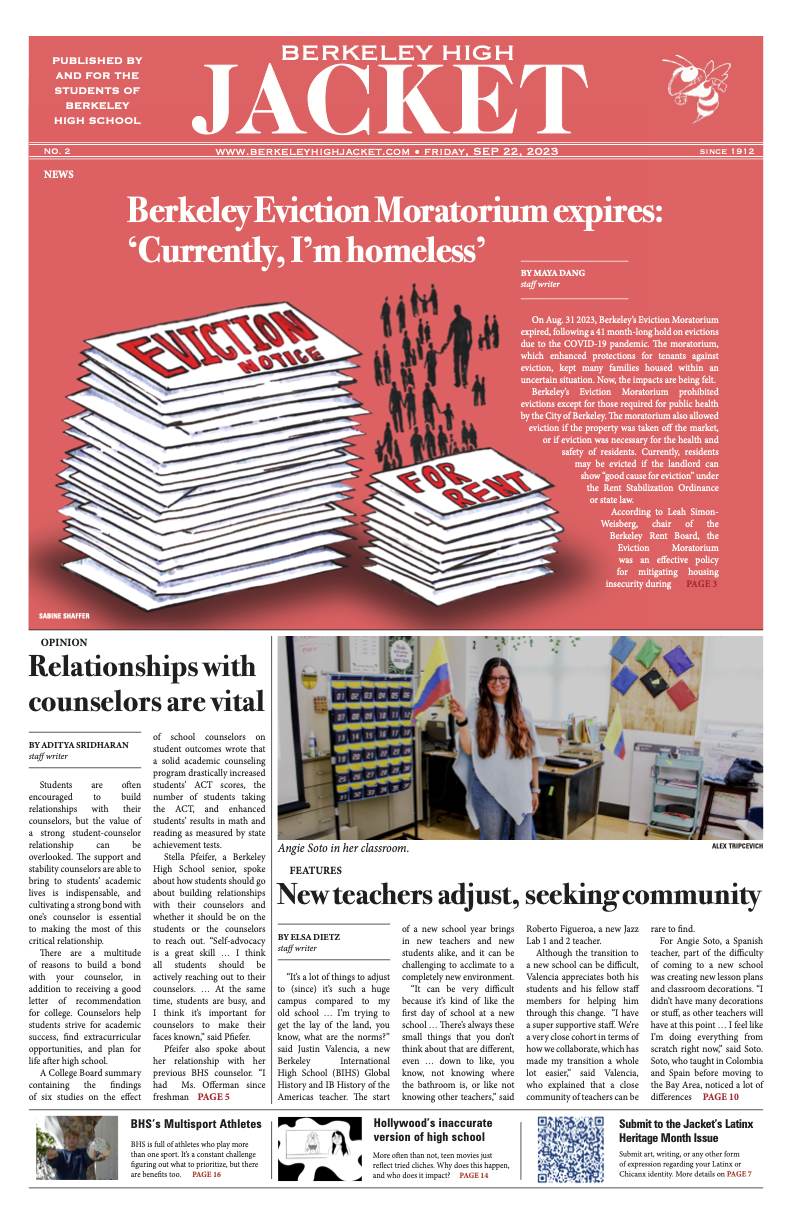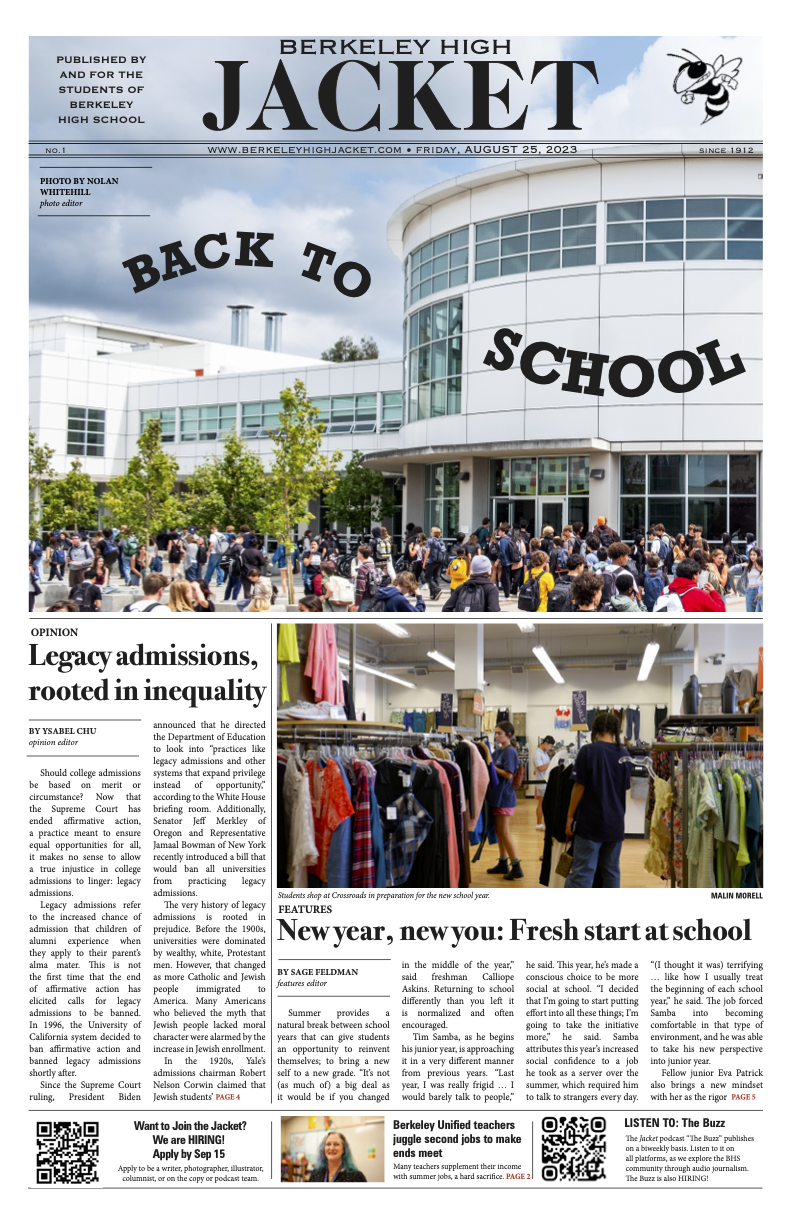Many students and teachers have heard of the concept of “learning styles” and may even be able to say whether they are a “visual,” “auditory,” or “kinesthetic” learner. One’s learning style supposedly offers insight into what learning methods work best for them; visual learners learn best when information is presented visually, kinesthetic learners learn by doing things with their hands, and so on. This idea, while not all-encompassing of the unique ways people actually learn, can be helpful for students when it comes to articulating their learning needs, and teachers should consider multiple learning styles when designing their curricula.
The idea of learning styles, to be fair, is somewhat flawed; it attempts to categorize people by something intangible and subject to variation. “Most of my students have some combination of visual, auditory, or kinesthetic learning styles,” Andrea Sanguine, a ceramics teacher at Berkeley High School, said. These specific labels rarely explain the nuances of the ways in which a student learns best. Certain methods will work better for an individual, but trying to fit such a complex idea into boxes can make it difficult for students to actually gain an understanding of how they learn best.
However, learning style labels like visual and auditory can be a great jumping-off point when it comes to developing an understanding of one’s strengths and needs. Miriam Stahl, an Arts and Humanities Academy visual arts and drawing teacher, detailed the usefulness of knowing one’s learning style. “It (is) really helpful … for students to be articulate about their own learning styles so that they can advocate for themselves,” Stahl said. Understanding how a student learns best allows them to take more action toward optimizing their learning experience.
Some teachers tend toward one particular style of teaching, making the class difficult for students who don’t mesh easily with the approach. The solution is for classes to have variety and to include multiple learning styles in lessons. “Understanding (learning styles) can help teachers design lessons with multiple ways of learning to cater to different students' strengths,” Alex Day, a Universal Ninth Grade Ethnic Studies and Social Living teacher, said. Sanguine added that in her experience, students tend to learn well from hands-on lessons that are backed up by visual and auditory examples. Using multiple learning styles in tandem ensures students gain a thorough understanding of the topic. It also makes classes more interesting and less monotonous.
While categorizing learning styles into groups like visual, auditory, and kinesthetic is somewhat reductive, understanding the concept is important to developing a deeper understanding of the complexities of learning. Students benefit from knowing their own learning style because it allows them to advocate for themselves and ensure they get a good education. For teachers, it’s important to incorporate multiple types of learning into lessons in order to deepen students’ understanding and ensure everyone can learn productively. Learning styles may not be as simple as they are sometimes made out to be, but it’s crucial to recognize the different ways people learn so everyone, no matter their learning style, gets a worthwhile education.
